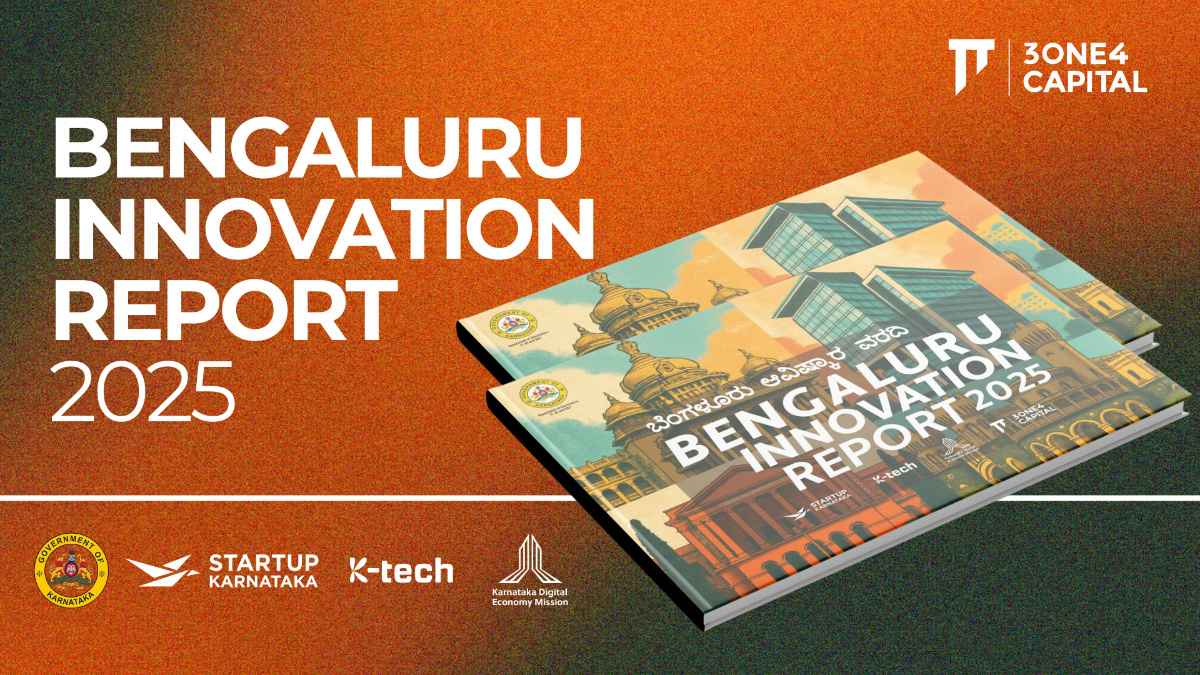
Why we are Optimistic about India’s Growth Prospects
The Indian economy has outperformed most large economies since the 1991 liberalisation. It has grown from a 1991 GDP of Rs 5.3 lakh-crore ($275 billion) to Rs 273 lakh-crore ($3.4 trillion) in FY23. Between 2014 and 2023, GDP grew from Rs 113 lakh-crore to Rs 273 lakh-crore, an addition of Rs 159 lakh-crore. When the NDA completes its second term in 2024, GDP would be around Rs 303 lakh-crore, an increase of Rs 190 lakh-crore over a decade.
China is possibly the only large economy to register faster growth over three decades. This unbelievable feat is a testimony to the entrepreneurial and business spirit of the Indian people. It provides a solid foundation for India's goals of growing to $5 trillion on the way to $10 trillion this decade. With this, the nation will grow into the third-largest economy globally from the current fifth.
India’s Growth Story
India's 32-year strong growth cycle from 1991 has weathered many global crises like the pandemic, the 2008 global financial crisis, and the 1997 Asian crisis. During the pandemic, the economy declined by 3 percent - a rare event for India followed by a strong rebound of 18.5 percent nominal growth in FY22. It demonstrates the strength of the economy and the variety of robust growth drivers fuelling it.
In FY24, budgeted growth is expected to reach 6.5 percent in real terms – the highest among large economies worldwide. Adding inflation of 4-5 percent, nominal growth could reach 11-12 percent catapulting India's GDP to Rs 303 lakh-crore. At the same growth rate, GDP could reach Rs 338 lakh-crore in FY25.
India's GDP in dollar terms has always been impacted by the declining rupee, a function of the high trade deficit which makes the currency sensitive to foreign currency flows. When GoI announced India's target of reaching $5 trillion GDP in 2025 back in 2019, it was at a constant conversion of $1 to Rs 75. At this rate, Rs 338 lakh-crore in FY25 translates to $4.5 trillion - a remarkable feat when you factor in the pandemic-induced GDP decline. India could realistically meet the $5 trillion target by 2026, even at the higher dollar-to-rupee dynamic.
Today there are many factors in India's favour – its robust investments, well-capitalised banking system, backed by all-time high forex reserves of $602 billion, mitigation of the trade deficit due to surpluses in services ($198 billion in FY23), and oil imports progressively becoming a smaller part of GDP today – all of which shore up its ability to withstand global shocks and better weather flows of overseas capital.
Investments In Infrastructure, Manufacturing
Few countries can invest $1 trillion+ in the economy annually. India has steadily built up its capacity to do this. Gross Capital Formation – the total quantum of new capital investments in the economy – is at an incredible 31 percent of GDP in FY23. The government is investing $250 billion this year, with the balance coming from the private and household sectors.
This huge investment is propelling India’s growth. While urban areas do not witness this infrastructure development due to inadequate investment and high corruption rates, it is evident in rural India. In China, growth and development is ubiquitous due to a vastly superior public infrastructure.
The NDA government has directed massive investments in infrastructure in its 9+ year governance regime, during which time India witnessed the largest development leap since Independence. Historically, due to inadequate investment in infrastructure, India’s supply chain costs have been 14 percent+ of GDP making the economy less competitive.
This is changing with the significant investment in roads with a slew of expressway projects, in railways which will be fully electrified soon increasing speeds of goods and passenger traffic, in developing waterways, in well-functioning ports, in the rapid expansion of airports to handle ever-increasing volumes of passenger and goods traffic, and in power and low-cost green energy working towards self-sufficiency.
These investments, along with GST which created a single national market, will succeed in decreasing supply chain costs closer to 8 percent+ of GDP. In turn, India’s industry, manufacturing and export sectors are becoming more productive and globally competitive, as seen with the $100 billion+ of engineering exports.
India’s manufacturing output had grown dismally due to multiple reasons, including high costs and dumping by China to the tune of $100 billion in trade deficits. Recent government policies like the PLI schemes are yielding results and will soon transform India into a global manufacturing hub and significantly increase Indian exports, as evident with the nation’s success in the mobile phone sector.
Further impetus comes from the rise in contract manufacturing within India and the global focus on the China+1 strategy, leading to an annual FDI of $75 billion+. The expected increase in services exports combined with growing manufacturing exports paves the way for a more balanced Balance of Trade in the near future, which will strengthen the economy.
Financing The Economic Expansion
India's banking system is in great shape after having written off more than Rs 15.4 lakh-crore in NPAs over the last decade. It was able to sustain significant losses due to the many steps taken by the government like robust recapitalisation of PSU banks, introducing the bankruptcy code, and RBI's regulatory oversight. RBI has distinguished itself by its tremendously effective oversight.
While one could be critical of RBI for excessive controls, its effectiveness during financial crises where depositor safety has been ensured is undeniable. The time is now ripe for a higher capital ratio in the larger banks and greater operational freedom. A strong lending flow is essential to sustain an economy's growth momentum; India's banking system lent Rs 17 lakh-crore last year and is working to an equivalent amount this year.
Tax collections have increased from Rs 19.1 lakh-crore in FY18 to a significant Rs 30.4 lakh-crore in FY23 - despite the decline due to the pandemic in between and are expected to grow to Rs 33.6 lakh-crore in FY24. Tax buoyancy will ensure government borrowings reduce, decreasing the fiscal deficit from 5.4 percent to 4.5 percent in a couple of years
The significant investment in digitalising and upgrading the tax system with technology is paying off with increasing tax compliance, ease of tax filing and faster refunds. However, the massive increase in disputed taxes between 2014 and 2023 needs urgent remedial action. Overall, the government has managed the fiscal situation remarkably well with much lower inflation than in the previous 10 years.
The cost of capital for the corporate sector and other borrowers has reduced by 150-200bp compared to 10 years ago. Ten-year GoI bonds are yielding 7.2 percent and bank lending rates have reduced. The bond market is experiencing a boom with a large number of corporate bonds being placed. Most corporates have deleveraged their balance sheets by paying off debt over the last few years. They have become competitive because of the cost optimisation exercises they undertook during the pandemic.
In FY23, gross corporate tax collection was Rs 10.04 lakh-crore. At a tax rate of say 25 percent, pretax profits would be Rs 40 lakh-crore, at 15 percent+ of GDP! The significant increase in bank profits and corporate profits across multiple sectors augurs well for the ability of both the private and public sectors to invest in CapEx.
Equity flows within India are increasing to Rs 3-3.5 lakh-crore annually, with SIP at Rs 15,000 crore/month, insurance companies investing Rs 7,000-8,000 crore/month and pension funds at Rs 20,000+ crore/year. Public savings are channelled into equity which offers a much higher return than government bonds over a sustainable period.
In the recent past, heavy selling by FPIs of over $50 billion was countered by such inflows locally and the markets did not fall much. Today, local capital flows are countering the threat of overseas capital fleeing our markets. With inbound capital up again, stock market valuation is at an all-time high of $3.35 trillion.
Originally Published in Money Control

.png)












